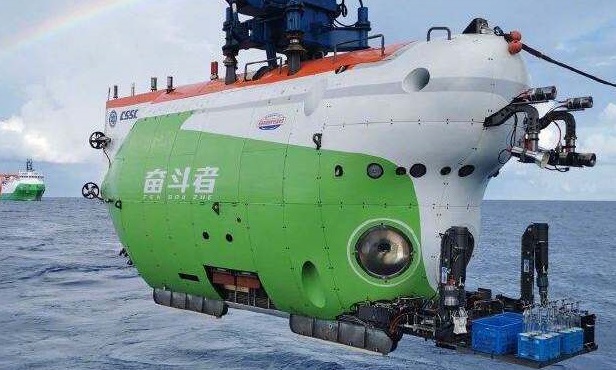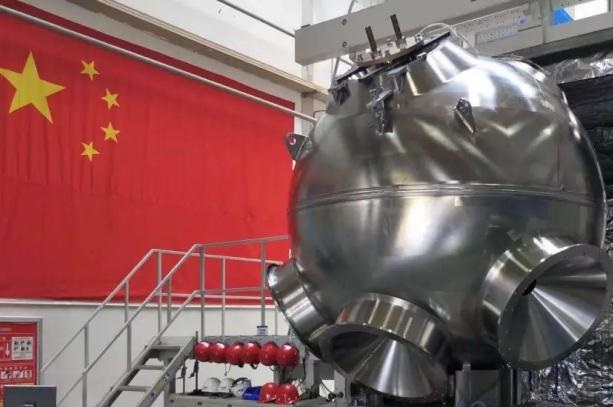The SXBT titanium alloy R&D team used Ti62A titanium alloy new material to build the world's largest and most numbered (3 people) submersible titanium alloy manned cabin. The manned cabin is the core component of the full-sea deep manned submersible. It is a hardware guarantee and safety barrier for humans to enter the 10,000-meter deep sea, marking the technical level of a country's manned submersible. The United States completed the "limit factor" for a 10,000-meter dive in May 2019, and its manned cabin can carry 2 people.
"Struggle" deep-sea manned submersible

"In the past, deep submersibles mainly used Ti64 material. Under extreme pressure conditions at a depth of 10,000 meters, if three people are to be carried, the thickness of the manned cabin titanium alloy will be changed from 52 mm to 130 mm, and the material strength will also be greatly enhanced. Increased, but strength and toughness are often contradictory.” SXBT’s CTO Yang Rui said, for example, ceramics have very high strength but poor toughness; plastics have high toughness, but their strength is too low; there are materials with higher strength than titanium alloys. There are many, but welding is not possible. This material problem has become a bottleneck for a series of key technologies. "We were inspired by a document and removed a harmful phase from the material. It only took two and a half years before and after to build a full-sea deep manned cabin that can carry three people."
Ti62A titanium alloy deep-sea manned submersible manned cabin

The R&D team of SXBT proposed a new alloy design scheme for the first time, and based on this design, realized a new titanium alloy microstructure. On this basis, it invented the titanium alloy Ti62A with good hot forming and welding forming properties. And the strength is greatly improved, thus successfully solving the material problem of the manned cabin spherical shell.
Titanium alloy materials have an inherent "size effect", that is, the larger the size and thickness, the more difficult it is to ensure the uniformity and stability of mechanical properties. This is an obstacle that must be overcome for its application in the extreme high pressure environment of the deep sea. SXBT successfully overcomes the "size effect" of titanium alloys, and solves the problems of uniformity and mechanical performance stability of large-size ultra-thick titanium alloy materials.
The "Struggle" manned cabin is welded by two hemispheres, and several windows and interfaces (hole seats) must also be welded. Ensuring the toughness of the weld position is a worldwide problem faced by welding technology; it is an "almost impossible task" to realize the full electron beam welding of super large size and thickness materials. The Institute of Metals has developed a unique approach, put forward an unprecedented welding idea, broke through the welding technology of high-strength and high-toughness titanium alloy, and guaranteed the toughness of the weld and other requirements.

